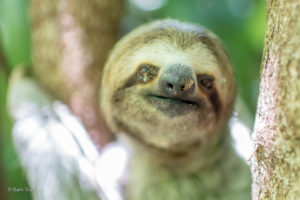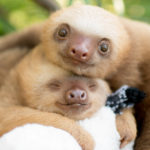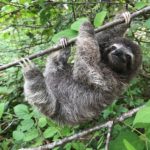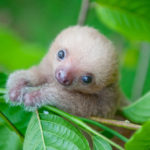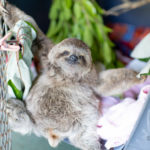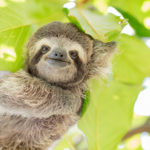Six Total
Brown-throated Three-fingered Sloth
Scientific Name: Bradypus variegatus
Range: Honduras to Brazil (the most widespread of the sloths species)
IUCN Status: Least Concern
Hoffman's Two-fingered Sloth
Scientific Name: Choloepus hoffmanni
Range: Sporadically Honduras to NW Ecuador and Peru, Western Brazil and Bolivia
IUCN Status: Least Concern
Pygmy Three-fingered Sloth
Scientific Name: Bradypus pygmaeus
Range: Endemic to Escudo de Veraguas (an island off of Panama's east coast)
IUCN Status: Critically Endangered
Linne's Two-fingered Sloth
Scientific Name: Choloepus didactylus
Range: South America - Venezuela, Guyanas, Colombia, Ecuador, Peru, and Northern Brazil.
IUCN Status: Least Concern
Maned Three-fingered Sloth
Scientific Name: Bradypus torquatus
Range: Atlantic coastal rainforest of Southeastern Brazil
IUCN Status: Vulnerable
Pale-throated Three-fingered Sloth
Scientific Name: Bradypus tridactylus
Range: Northern South America - Guyanas, Suriname, Venezuela and Northern Brazil
IUCN Status: Least Concern
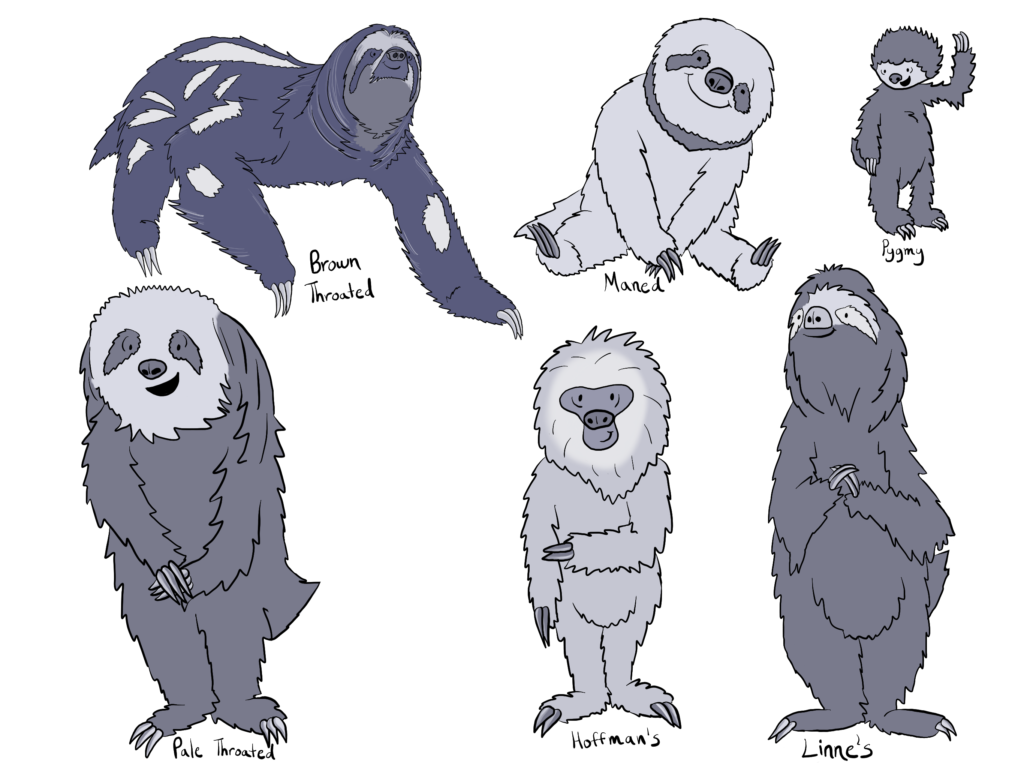
Costa Rica's Sloths
Found throughout Costa Rica except in the driest parts of the Guancaste Province. Altitude range usually below 2000 meters with higher population densities closer to sea level.
Brown-throated Three-fingered
Hoffman's Two-fingered Sloth
Why are sloths SO slow?!?
Basically everything that is weird and wonderful about sloths can be explained by their need to conserve energy and their need to go undetected by predators. Being slow accomplishes both goals as well as many of these facts below.
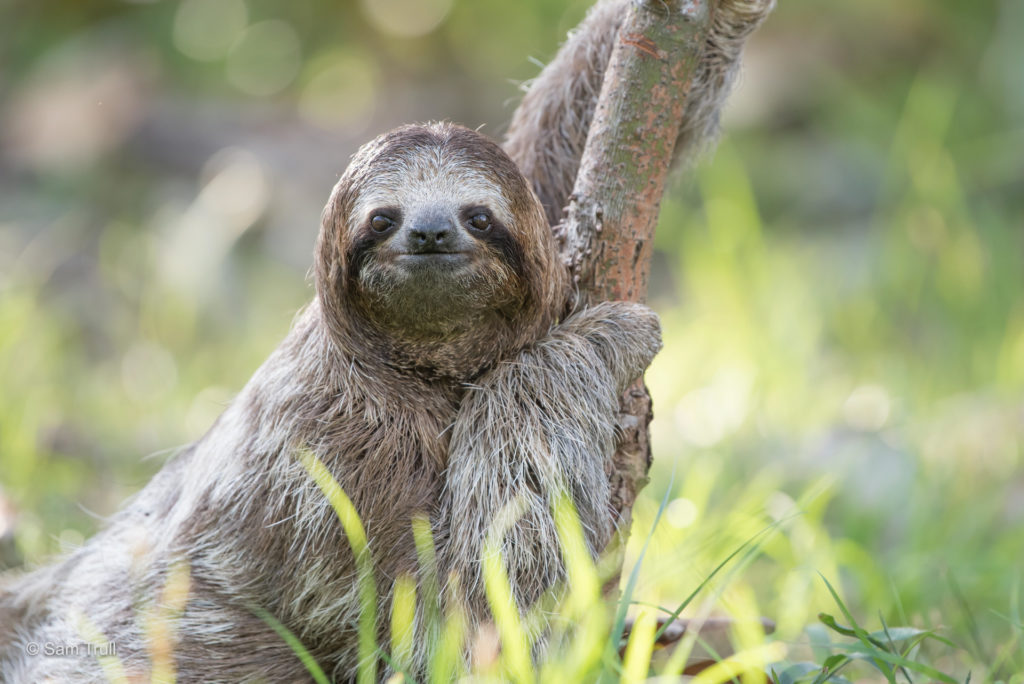
Both two-fingered and three-fingered sloths are great swimmers. This ability makes sense as they can save a lot of energy by swimming across rivers to reach different sections of forest. It’s also useful to not drown when living close to bodies of water.
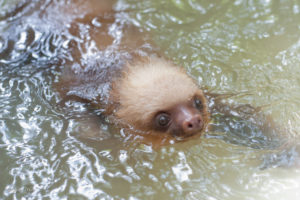
Sloths have unique dental structure. They have no incisors and only premolars and molars that are continuously growing and lack enamel. Two-fingered sloths have ‘psuedo-canines’ – pre-molars that resemble and behave similarly to canine teeth.
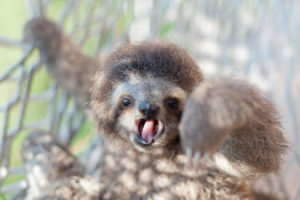
Sloths come to the ground whenever they need to. Sometimes it’s just to cross a gap in the canopy but most famously, they come down to the ground to poop. There are many theories as to why they poop on the ground. We believe they choose to poop on the ground because it is actually safer to poop on the ground than from the canopy. This is because it is much more quiet (urine and feces are VERY loud when dropping from the sky), keeping them invisible to predators that rely on sound and sight to detect a sloth’s presence.
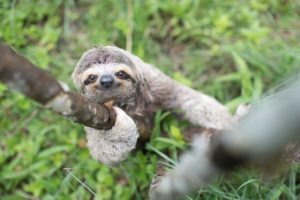
Speaking of going to the toilet, sloths can lose up to 30% of their body weight just after urinating and defecating. In addition, they can wait up to a week before needing to go again.
Because of the unique structure of their hair, sloths can grow algae, fungus and cyanobacteria in their hair. Read more about the epibionts of sloths in our paper.
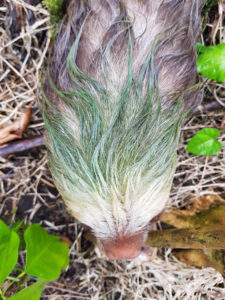
Inside the keratin sheath that you see are the bones of sloth fingers and toes. They aren’t your typical ‘claw’ like you might see in other mammals (like cats). They are their fingers and toes.
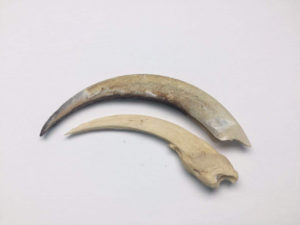
Moths of the genus Cryptoses are known to live in sloth hair. The exact benefits to this relationship are unknown. Read more about the epibionts of sloths in our paper.
